LOS ANGELES, CALIFORNIA—Neurobiologist Caleb Finch of the University of Southern California used CT scanning technology to examine the arteries of mummies from five different archaeological sites spanning 4,000 years. The Peruvian, ancestral Pueblo Indian, indigenous Aleutian islander, and ancient Egyptian populations that he tested showed signs of atherosclerosis, or narrowing of the arteries. The fats and sugars of the modern diet are known to contribute to clogged arteries and heart disease, but “the generality of our observations suggests it is really a basic part of human aging under all circumstances,” he said.
Heart Disease May Be Universal
News March 11, 2013
Recommended Articles
Artifacts July/August 2025
Maya Ceramic Figurine
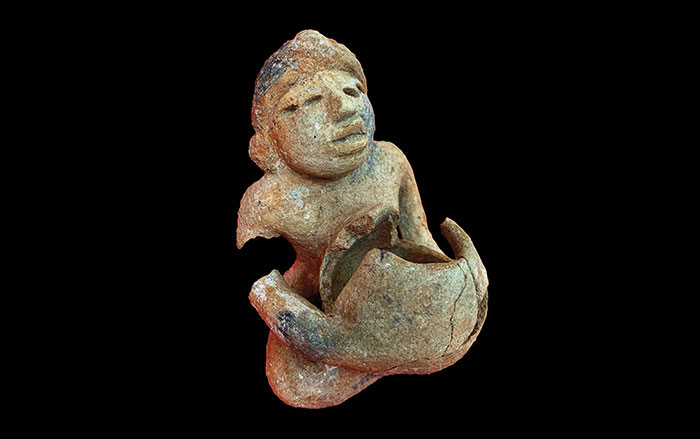
Off the Grid July/August 2025
Vichama, Peru
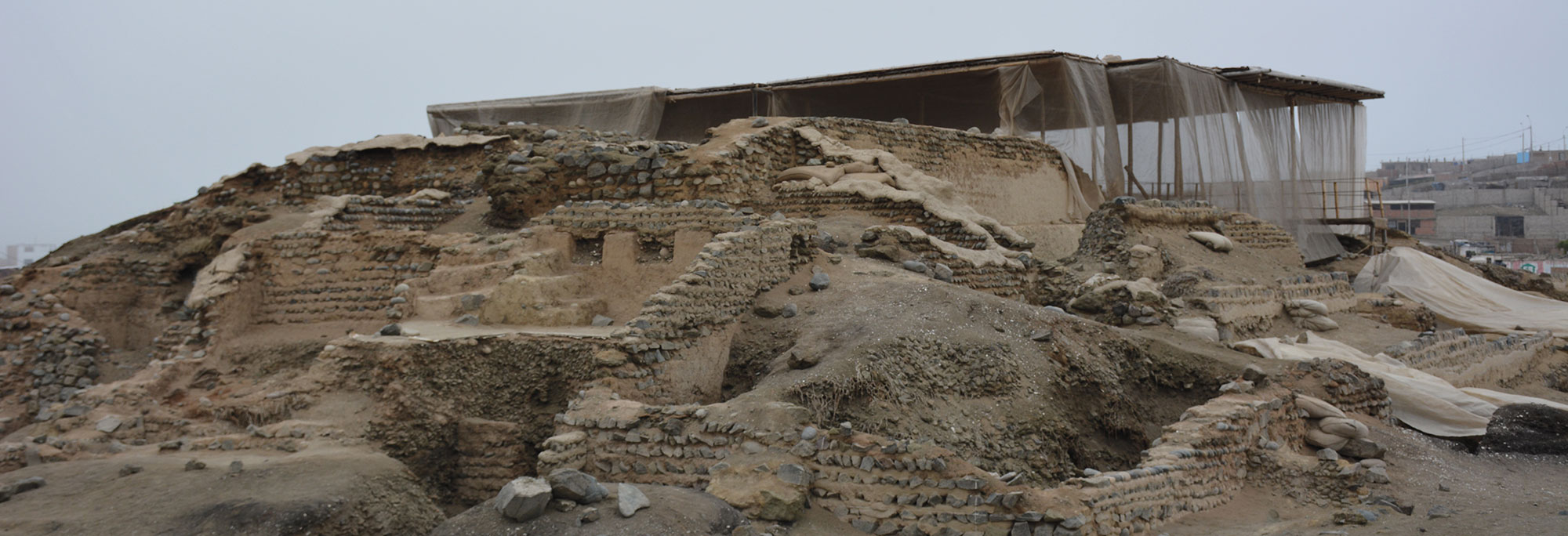
Digs & Discoveries July/August 2025
Bound for Heaven
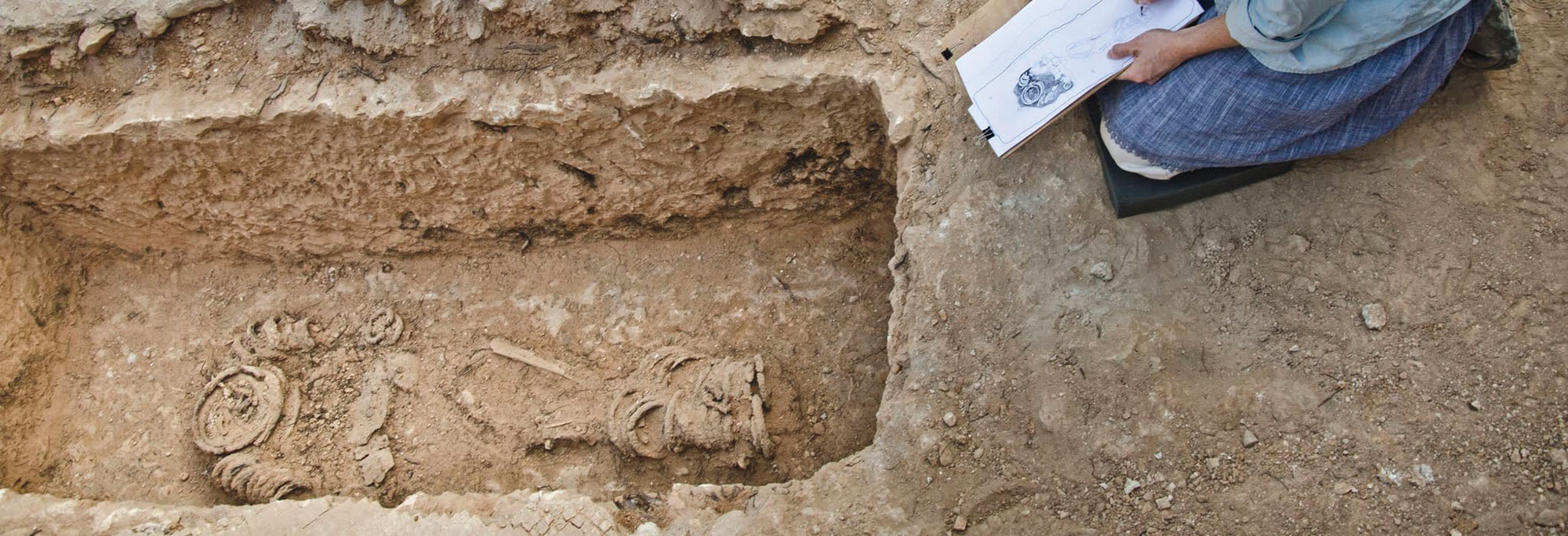
Digs & Discoveries July/August 2025
Saints Alive
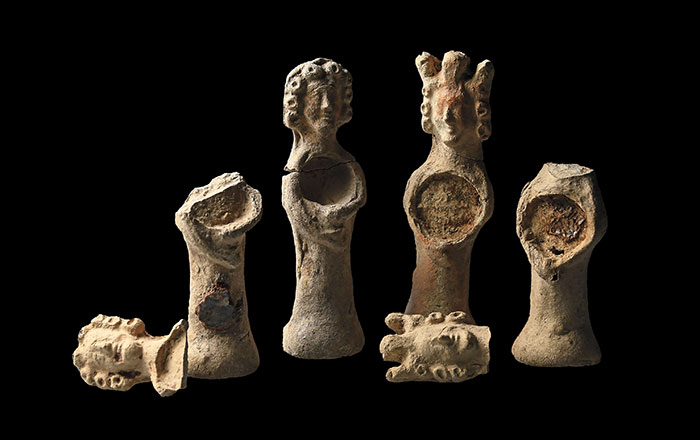
-
Features January/February 2013
Neolithic Europe's Remote Heart
One thousand years of spirituality, innovation, and social development emerge from a ceremonial center on the Scottish archipelago of Orkney
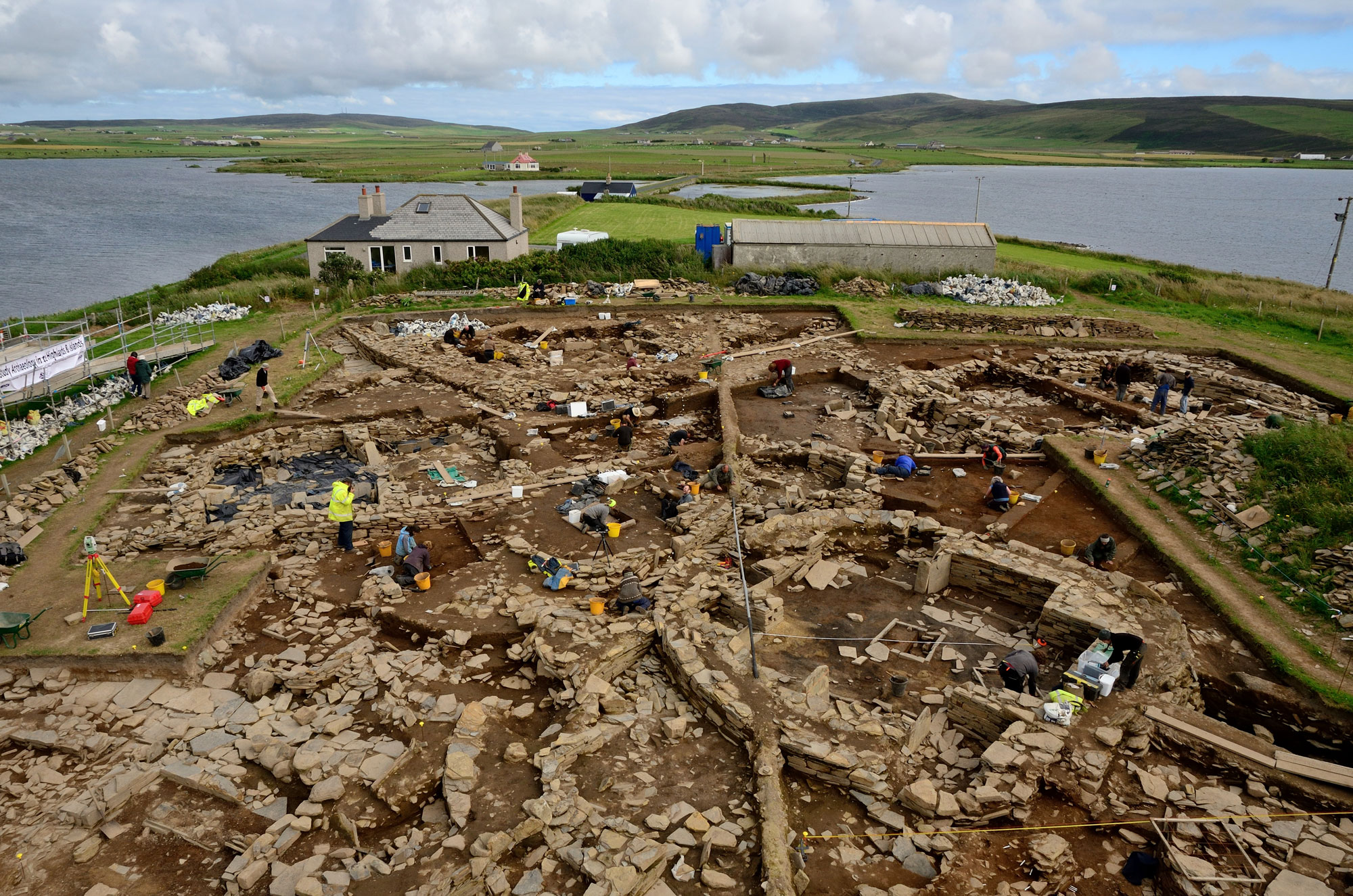 Adam Stanford/Aerial Cam
Adam Stanford/Aerial Cam -
Features January/February 2013
The Water Temple of Inca-Caranqui
Hydraulic engineering was the key to winning the hearts and minds of a conquered people
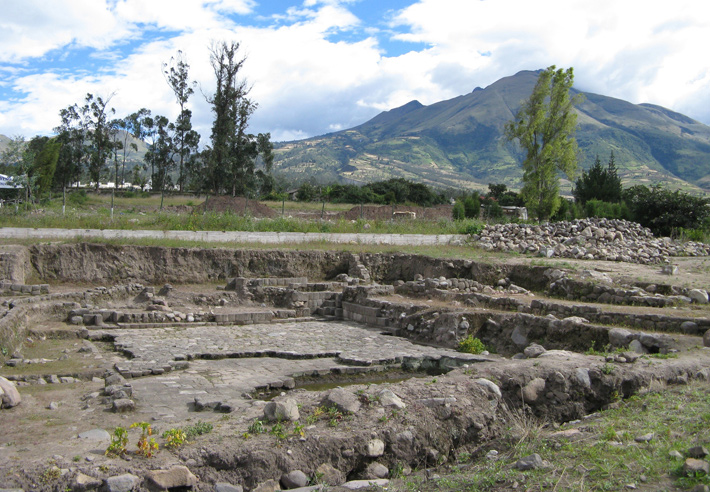 (Courtesy Tamara L. Bray)
(Courtesy Tamara L. Bray) -
Letter from France January/February 2013
Structural Integrity
Nearly 20 years of investigation at two rock shelters in southwestern France reveal the well-organized domestic spaces of Europe's earliest modern humans

-
Artifacts January/February 2013
Pacific Islands Trident
A mid-nineteenth-century trident illustrates a changing marine ecosystem in the South Pacific
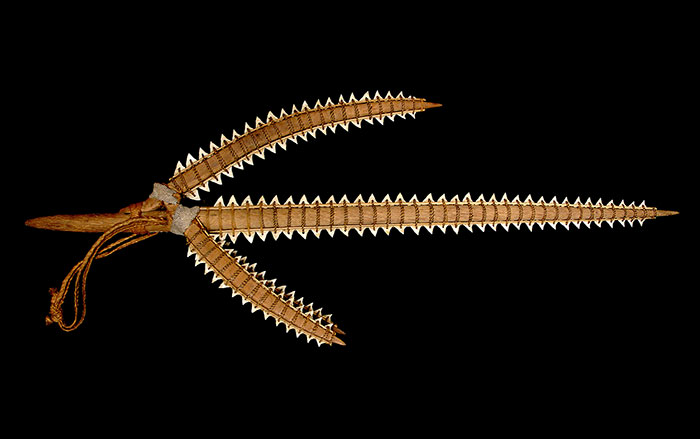 (Catalog Number 99071 © The Field Museum, [CL000_99071_Overall], Photographer Christopher J. Philipp)
(Catalog Number 99071 © The Field Museum, [CL000_99071_Overall], Photographer Christopher J. Philipp)

